Parenthesis in Chord Symbols
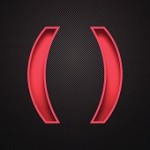 Some musicians tend to write all extensions after the first extension between parenthesis. Thus, they would write
Some musicians tend to write all extensions after the first extension between parenthesis. Thus, they would write G7(>9)
instead of G7>9
, and D7(<9<5)
instead of D7<9<5
. This way of notating can be seen in The New Real Book. But apart from that publisher, not a lot of books use this method. Here is een example of Take the A Train:
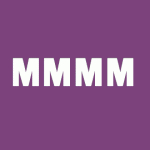
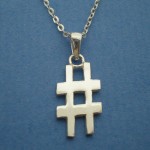
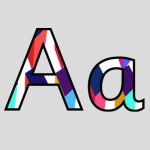


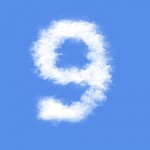
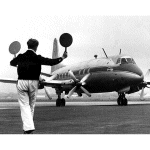 The language of chord symbols is not fixed. The way chords are notated differs between books and between musicians. Some people notate a minor chord with
The language of chord symbols is not fixed. The way chords are notated differs between books and between musicians. Some people notate a minor chord with 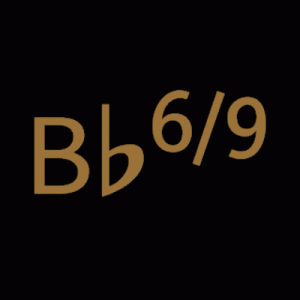 Writing chord symbols might be done with regular letters and signs, like the ones on your keyboard. But it won’t look very good. For a flat you will have to use a b, a triangle for a major seventh doesn’t exist and you won’t be able to write extensions in superscript. Creating beautiful chords is quite a job, both in a text editor and in a music notation program.
Writing chord symbols might be done with regular letters and signs, like the ones on your keyboard. But it won’t look very good. For a flat you will have to use a b, a triangle for a major seventh doesn’t exist and you won’t be able to write extensions in superscript. Creating beautiful chords is quite a job, both in a text editor and in a music notation program.